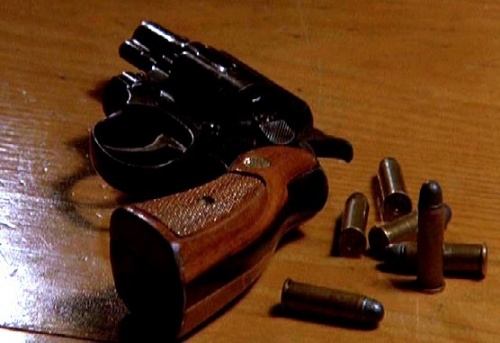
In Patriot Games, I can count at least six different families. Family is an important part of this movie because it is the driving force behind why people take the actions that they take. When their families are threatened, people in this movie will stop at nothing to make sure their family is safe or avenged.
One family is the Millers. The entire movie is based around Sean Miller's quest for vengeance against Jack Ryan for killing his brother. Sean even turns his back on his family of the IRA faction to exact his revenge in the end. It is because Miller cannot let go of his anger that Jack Ryan is forced to continue protecting his family throughout the movie.
The inciting incident occurs in London when Jack Ryan kills Miller's brother. The reason this happens is because Ryan's family is threatened by the IRA faction's placement of the car bombs. Ryan attacks the Millers to stop the bombs from going off to protect his family. Then, his family is attacked directly because of this action, causing him to attack the IRA faction again by re-joining the CIA and attacking their base camp in North Africa.
These families going back and forth in their threats is one example of family creating plot points within this movie.













